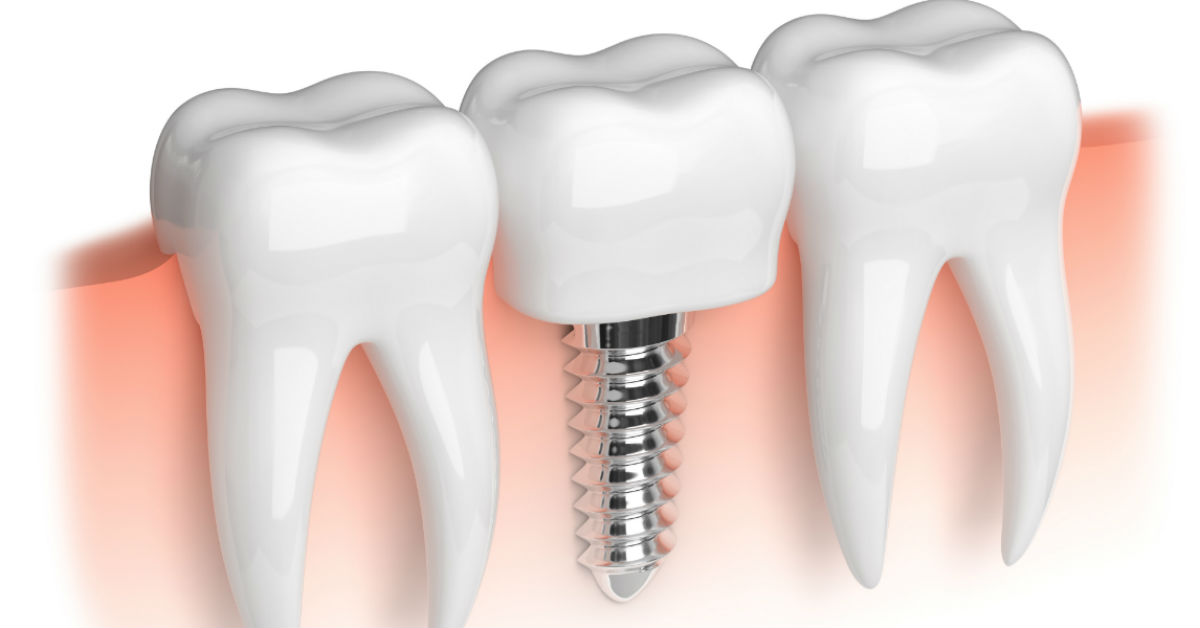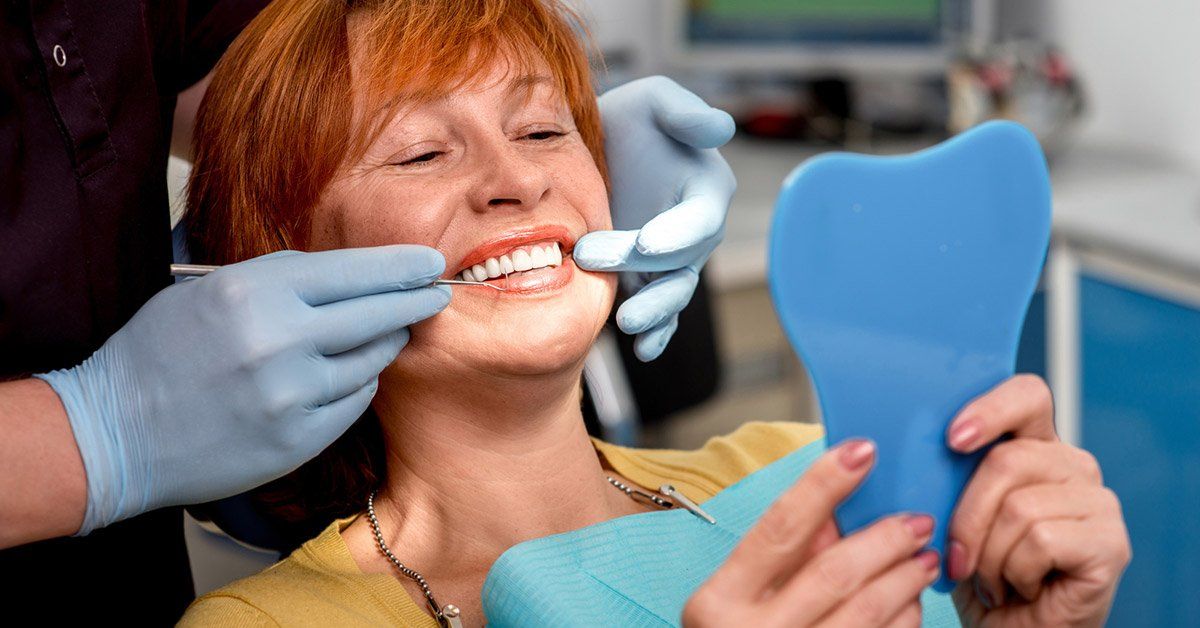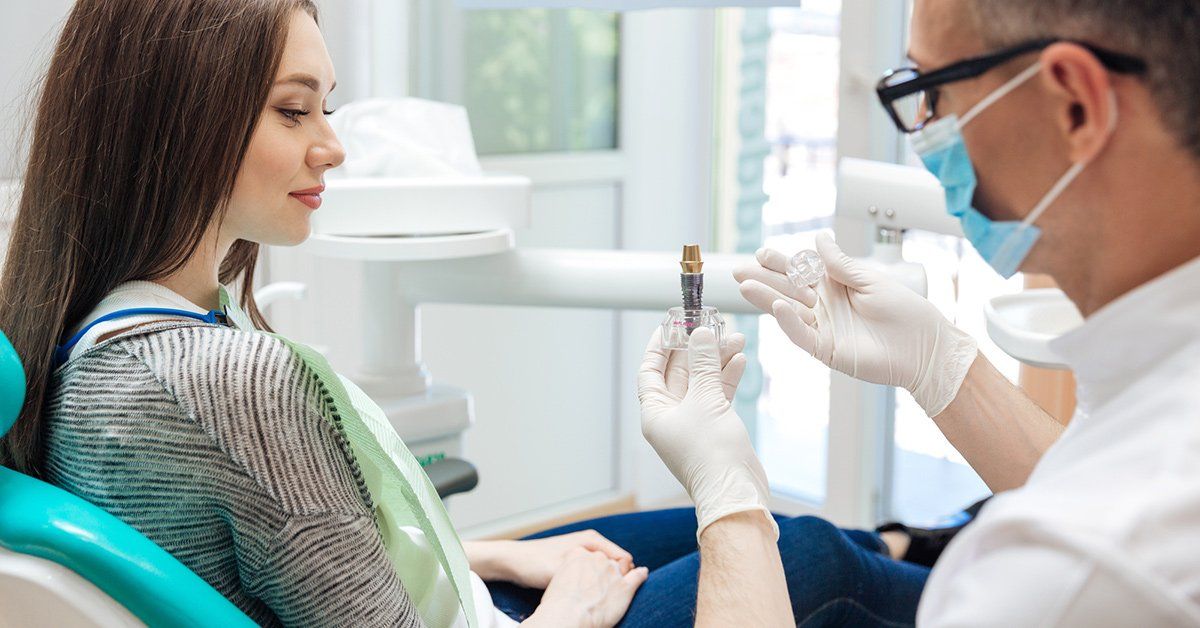Welcome to an in-depth exploration of how a single tooth implant is placed, a journey into the intricate and precise world of modern dentistry. At 4Smile, we believe in the power of a smile and its impact on your overall well-being. By joining 4Smile, you align yourself with a community dedicated to enhancing dental health and aesthetic appeal through advanced dental solutions. Our focus today is on single tooth implants, an innovative solution that promises to restore not just your tooth, but your confidence and quality of life.
Single tooth implants have revolutionized the way we approach tooth replacement, offering a permanent and natural-looking solution that blends seamlessly with your existing teeth. We aims to provide a comprehensive yet engaging look at the entire process, from initial consultation to the final placement and beyond. Whether you’re considering an implant for yourself or simply curious about the procedure, we invite you to dive into this detailed guide.
What is a Single Tooth Implant?
A single tooth implant is a dental procedure designed to replace a missing tooth with an artificial one that mimics the appearance and function of a natural tooth. The implant itself is a small titanium post that is surgically placed into the jawbone, serving as a replacement for the root of the missing tooth. Over time, the implant integrates with the bone through a process called osseointegration, providing a stable and durable foundation for the replacement tooth.
The final restoration typically involves a custom-made crown that is attached to the implant. This crown is crafted to match the color, shape, and size of your natural teeth, ensuring a seamless and aesthetically pleasing result. Unlike traditional dentures or bridges, single tooth implants do not rely on adjacent teeth for support, which helps to preserve the integrity of your natural tooth structure.

Benefits of Single Tooth Implants
Single tooth implants offer numerous benefits that make them a preferred choice for many patients. One of the most significant advantages is the restoration of normal chewing and biting function, which can be compromised by missing teeth. This allows patients to enjoy a wide variety of foods without discomfort or difficulty. Implants also prevent bone loss in the jaw, which commonly occurs when missing teeth stop stimulating the bone through chewing forces.
Another key benefit is the improved aesthetic outcome. Because the crown is custom-made to blend with your natural teeth, single tooth implants provide a more natural and appealing look compared to other tooth replacement options. Furthermore, implants are known for their durability and longevity, often lasting many years or even a lifetime with proper care. This long-term solution can save you time and money in the long run, as it eliminates the need for frequent replacements or adjustments.
Candidates for Single Tooth Implants
While single tooth implants are an excellent solution for many people, they are not suitable for everyone. Ideal candidates are those who are in good general health, have healthy gums, and have enough bone in the jaw to support the implant. Good oral hygiene and a commitment to regular dental visits are also important factors in determining candidacy. Smokers and individuals with certain medical conditions, such as uncontrolled diabetes or autoimmune disorders, may face additional challenges with the implant process.
Your dentist will conduct a thorough examination and review your medical history to determine if you are a good candidate for a single tooth implant. This may include X-rays and possibly a CT scan to assess the condition of your jawbone and plan the placement of the implant. If the bone density is insufficient, the dentist may consider bone grafting procedures to build up the bone before placing the implant.

The Consultation Process
The first step in the single tooth implant process is the consultation. During this initial visit, your dentist will evaluate your oral health, discuss your goals and expectations, and explain the procedure in detail. This is also an opportunity for you to ask any questions and address any concerns you may have about the implant process. We will perform a thorough dental examination, including X-rays or 3D imaging, to assess the condition of your teeth and jawbone.
Based on the findings, your dentist will develop a personalized treatment plan tailored to your specific needs. This plan will outline the steps involved in the procedure, the estimated timeline, and the expected outcomes. If you need any preparatory treatments, such as bone grafting or tooth extraction, we will discuss and schedule them accordingly. The consultation process ensures you stay well-informed and prepared for the journey ahead, setting the stage for a successful implant placement.
Preparation for the Procedure
Preparation for a single tooth implant procedure involves several important steps to ensure the best possible outcome. If any preliminary treatments are required, such as bone grafting to enhance the jawbone structure, these will be completed first. Bone grafting is a common procedure for patients who have experienced bone loss and need additional support for the implant. This process can take several months as the graft needs time to integrate with the existing bone.
Another crucial aspect of preparation is maintaining good oral hygiene. Your dentist will provide specific instructions on how to care for your teeth and gums leading up to the surgery. This may include regular brushing and flossing, using an antibacterial mouthwash, and possibly taking antibiotics to reduce the risk of infection. Additionally, it is important to avoid smoking and excessive alcohol consumption, as these can negatively impact the healing process.

The Implant Placement Procedure
The actual placement of the single tooth implant is a surgical procedure that typically takes place in the dental office under local anesthesia. In some cases, sedation may be offered to help you relax during the procedure. The process begins with your dentist making a small incision in the gum to expose the jawbone. A precise hole is then drilled into the bone to create a space for the implant.
After placing the implant, the surgeon sutures the gum tissue closed over it and may place a temporary crown or bridge to protect the area during the healing period. This initial phase, known as osseointegration, involves the implant fusing with the bone over several months. During this time, it is crucial to follow your dentist’s instructions for post-operative care to ensure proper healing and integration.
Post-Procedure Care and Recovery
After the implant placement, you will receive detailed instructions on how to care for the surgical site. This may include guidelines for managing pain and swelling, such as using ice packs and taking prescribed pain medications. Good oral hygiene is essential to prevent infection and promote healing. Your dentist will advise you to brush gently around the implant site and avoid chewing on hard or sticky foods that could disrupt the implant.
Regular follow-up visits with your dentist are important to monitor the healing process and ensure the implant is integrating properly with the bone. These appointments also provide an opportunity to address any concerns or complications that may arise. As healing progresses, your dentist will assess when it is time to move forward with the placement of the final crown, completing the restoration process.

Potential Risks and Complications
While single tooth implants have a high success rate, there are potential risks and complications associated with the procedure. These issues can include infection at the implant site, nerve damage, and sinus problems when placing the implant in the upper jaw. In some cases, the implant may fail to integrate with the bone, requiring removal and possibly a second attempt at placement after additional bone grafting.
Discuss these risks with your dentist to understand how they will minimize them. By choosing a skilled and experienced dental professional and following all pre- and post-operative care instructions, you can significantly reduce the likelihood of complications and ensure a successful outcome.
Success Rates and Longevity of Single Tooth Implants
Single tooth implants are known for their high success rates and longevity. Studies have shown that implants have a success rate of over 95%, making them one of the most reliable options for tooth replacement. With proper care, an implant can last many years, often a lifetime. The success of the implant depends on various factors, including the patient’s overall health, the quality of the bone in the jaw, and adherence to good oral hygiene practices.
Regular dental check-ups and professional cleanings are essential to maintain the health of the implant and surrounding tissues. Your dentist will provide specific recommendations for caring for your implant, including brushing and flossing techniques and the use of any special tools or products to keep the area clean.
Comparing Single Tooth Implants to Other Options
When considering tooth replacement options, it is important to compare the benefits and drawbacks of single tooth implants with other alternatives, such as dental bridges and dentures. Unlike implants, bridges require the reduction of adjacent teeth to support the artificial tooth, which can compromise the integrity of healthy teeth. Dentures, on the other hand, may not provide the same level of stability and comfort as implants and often require regular adjustments or replacements.
Single tooth implants offer a more natural-looking and permanent solution that preserves the structure of surrounding teeth and supports the health of the jawbone. They provide superior function and aesthetics, making them an ideal choice for many patients seeking a long-term solution for a missing tooth.

Advances in Implant Technology
The field of implant dentistry has seen significant advancements in recent years, leading to improved outcomes and patient experiences. Innovations in imaging technology, such as 3D cone beam computed tomography (CBCT), allow for more precise planning and placement of implants. This technology provides detailed images of the jawbone and surrounding structures, enabling dentists to tailor the implant procedure to each patient’s unique anatomy.
Additionally, advancements in implant materials and design have enhanced the strength and durability of implants. Titanium remains the gold standard for implant materials due to its biocompatibility and ability to integrate with bone. However, researchers continually develop newer materials and surface treatments to further enhance the success and longevity of implants.
Real Patient Experiences
Hearing from individuals who have undergone the single tooth implant procedure can provide valuable insights and reassurance. Many patients report a significant improvement in their quality of life after receiving an implant, noting enhanced comfort, function, and confidence. Personal testimonials can highlight the positive impact of implants on daily activities, such as eating and speaking, as well as the overall satisfaction with the aesthetic results.
By sharing real patient experiences, we can provide a more comprehensive understanding of the benefits and potential challenges of the single tooth implant process. These stories can also help to alleviate any anxieties and set realistic expectations for prospective implant recipients.

FAQs
What is the success rate of single tooth implants?
Single tooth implants have a success rate of over 95%, making them a highly reliable option for tooth replacement.
How long does the entire implant process take?
The implant process can take several months, including the healing period for osseointegration and the placement of the final crown.
Is the implant procedure painful?
The dentist administers local anesthesia for the procedure, ensuring most patients experience minimal discomfort during and after surgery. They will also provide pain management strategies.
How do I care for my single tooth implant?
Good oral hygiene practices, including regular brushing, flossing, and professional dental cleanings, are essential for maintaining the health of your implant.
Can anyone get a single tooth implant?
Ideal candidates are those with good overall health, healthy gums, and sufficient jawbone density. A thorough evaluation by your dentist will determine if you are a suitable candidate.
Conclusion
Single tooth implants offer a transformative solution for individuals seeking to restore their smile and dental function. By joining 4Smile, you become part of a community dedicated to excellence in dental care and the enhancement of your overall well-being. The process of receiving a single tooth implant involves careful planning, skilled surgical techniques, and diligent post-operative care, all aimed at achieving the best possible outcome.
From the initial consultation to the final placement of the crown, this journey aims to provide you with a permanent and natural-looking solution that enhances your quality of life. With advancements in technology and materials, single tooth implants continue to set the standard for tooth replacement, offering unmatched benefits in terms of function, aesthetics, and durability. Embrace the opportunity to restore your smile with a single tooth implant and experience the lasting impact it can have on your confidence and oral health.




